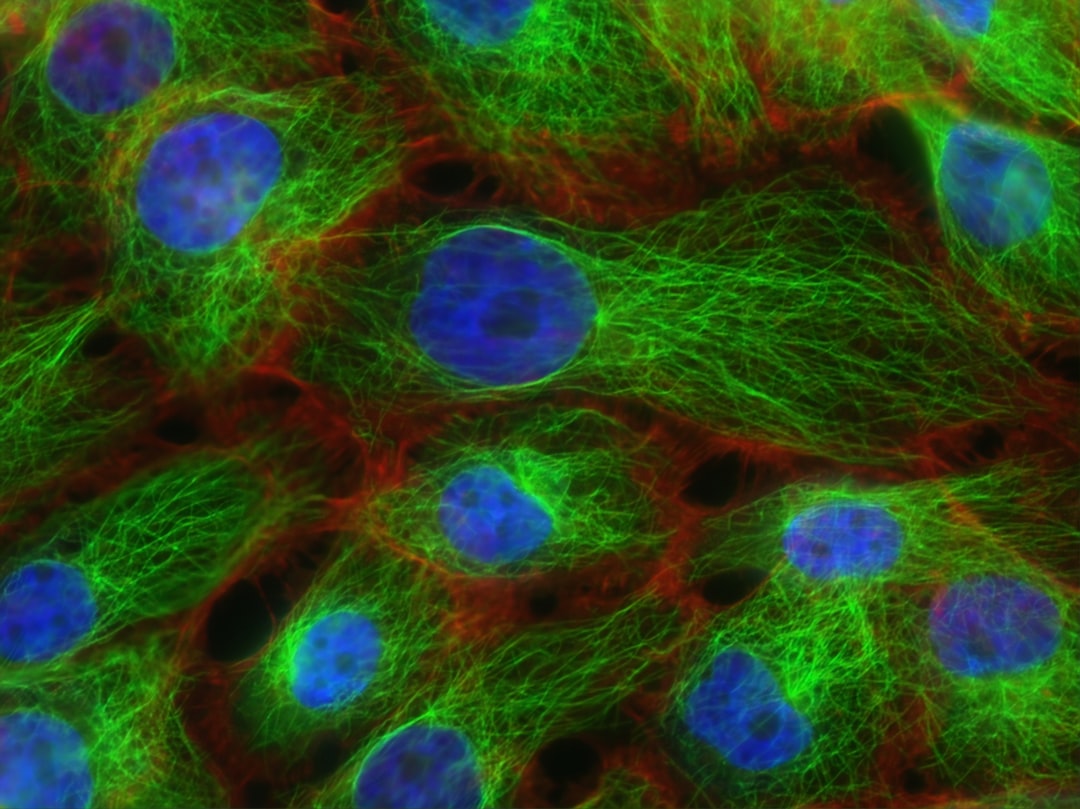What is it about?
Symbiotic organisms that support embryogenesis and normal homeostasis of living organisms are important to focus on the development of a better healthcare system. Our study characterized the genome of a new Verminephrobacter strain and highlighted the crucial genes and pathways, playing a pivotal role during the symbiotic relationship of the species with the host worm. The detailed analysis of the bacterial genome shed light on the mobilome, pathogenicity, virulence, and antimicrobial resistance of the strain and investigated the pan and core gene clusters with closest neighbors. In the Verminephrobacter genus, the third whole genome reported here will be helpful for understanding the symbiosis which supports embryogenesis and overall fitness of the host worms.
Featured Image

Photo by CDC on Unsplash
Why is it important?
The present paper deals with the whole-genome sequencing, genome feature annotation, and multigenome comparison of the newly identified strain Verminephrobacter eiseniae msu. The genome resource and genome features of the strain unveiled through our study will be helpful to the earthworm research community to analyze the symbiotic relation of the species in depth.
Perspectives
Genome sequencing and annotation of Verminephrobacter eiseniae msu and identification of symbiosis associated genes
Sayan Paul
Manonmaniam Sundaranar University
Read the Original
This page is a summary of: The draft genome of a new Verminephrobacter eiseniae strain: a nephridial symbiont of earthworms, Annals of Microbiology, February 2020, Springer Science + Business Media,
DOI: 10.1186/s13213-020-01549-w.
You can read the full text:
Resources
Contributors
The following have contributed to this page










